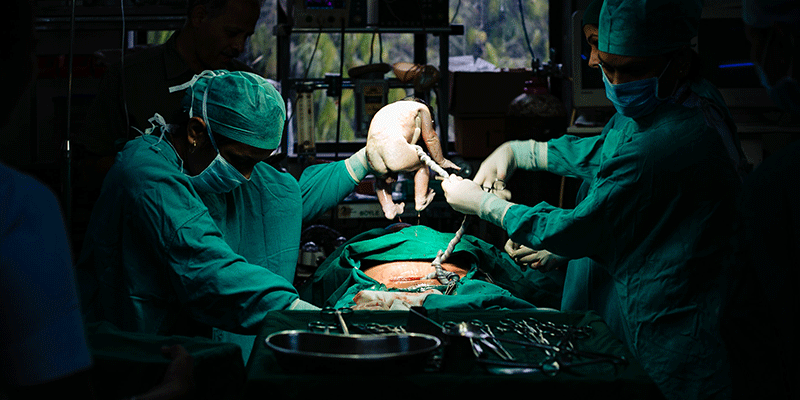
More than one mother in three gives birth by Cesarean section in the United States (it is also called C-section or, simply, section). In a C-section, surgery is performed, with an incision made in the mother’s abdomen and uterus, so the baby can be taken directly from the uterus instead of traveling through the birth canal.
Cesarean sections are done most often when:
- The mother has had a previous baby by Cesarean delivery
- The obstetrician feels that the baby’s health might suffer if born vaginally
- The fetus’s heartbeat slows abnormally or becomes irregular (in which case the obstetrician will perform an emergency C-section instead of taking the chance of allowing labor to progress)
While most babies are in a head-down position in the mother’s uterus, about three in one hundred newborns have their buttocks, feet, or both positioned to come out first during birth (a breech presentation). If your baby has assumed a breech position, your obstetrician will recommend a Cesarean section as the best means of delivery. The reason is because breech babies are more difficult to deliver vaginally, and complications are more likely to occur with a vaginally delivered breech baby. A doctor can determine the baby’s position by feeling the mother’s lower abdomen at particular points; the physician may decide to confirm the breech position by ordering an ultrasound or other tests.
The birth experience with a C-section is very different from that of a vaginal delivery. For one thing, the whole operation ordinarily takes no more than an hour, and—depending on the circumstances—you may not experience any labor at all. Another important difference is the need to use medication that affects the mother and may affect the baby. If given a choice of anesthetic, most women prefer to have a regional anesthesia—an injection in the back that blocks pain by numbing the spinal nerves—such as an epidural or a spinal. Administration of a regional anesthesia numbs the body from the waist down, has relatively few side effects, and allows you to witness the delivery. But sometimes, especially for an emergency C-section, a general anesthetic must be used, in which case you are not conscious at all. Your obstetrician and the anesthesiologist in attendance will advise you which approach they think is best, based on the medical circumstances at the time.
Because of the effects of the anesthesia and the way the baby is delivered, babies born by C-section sometimes have difficulty breathing in the beginning and need extra help. A pediatrician or other person skilled in newborn problems usually is present during a Cesarean section to examine and assist the baby’s breathing, if necessary, immediately after birth.
If you were awake during the operation, you may be able to see your baby as soon as she’s been examined and proclaimed healthy. She may then be taken to the nursery to spend several hours in a temperature-controlled crib or isolette. This allows the hospital staff to observe her while the anesthesia wears off and she adjusts to her new surroundings.
If general anesthesia was used during the delivery, you may not wake up for a few hours. When you do, you may feel groggy and confused. You’ll probably also experience some pain where the incision was made. But you’ll soon be able to hold your baby, and you’ll quickly make up for lost time.
Don’t be surprised if your baby is still affected by the anesthesia for six to twelve hours after delivery and appears a little sleepy. If you’re going to breastfeed, try to nurse her as soon as you feel well enough. Even if she’s drowsy, her first feeding should provide a reason for her to wake up and meet her new world—and you. It will also help stimulate your breastmilk production.
As mentioned, many obstetricians believe that once a woman has a C-section, her subsequent babies should be delivered the same way because of higher rates of complications with vaginal deliveries after previously having a C-section. However, many women are candidates for a vaginal birth after Cesarean section (VBAC). But a decision to do this will depend on a number of factors and should be made together with your doctor.
If you’re the father-to-be, discuss your role and presence in the delivery room and ways you can best support your partner during the birth.
Last Updated 11/2/2009
Source Caring for Your Baby and Young Child: Birth to Age 5 (Copyright © 2009 American Academy of Pediatrics)
The information contained on this Web site should not be used as a substitute for the medical care and advice of your pediatrician. There may be variations in treatment that your pediatrician may recommend based on individual facts and circumstances.





